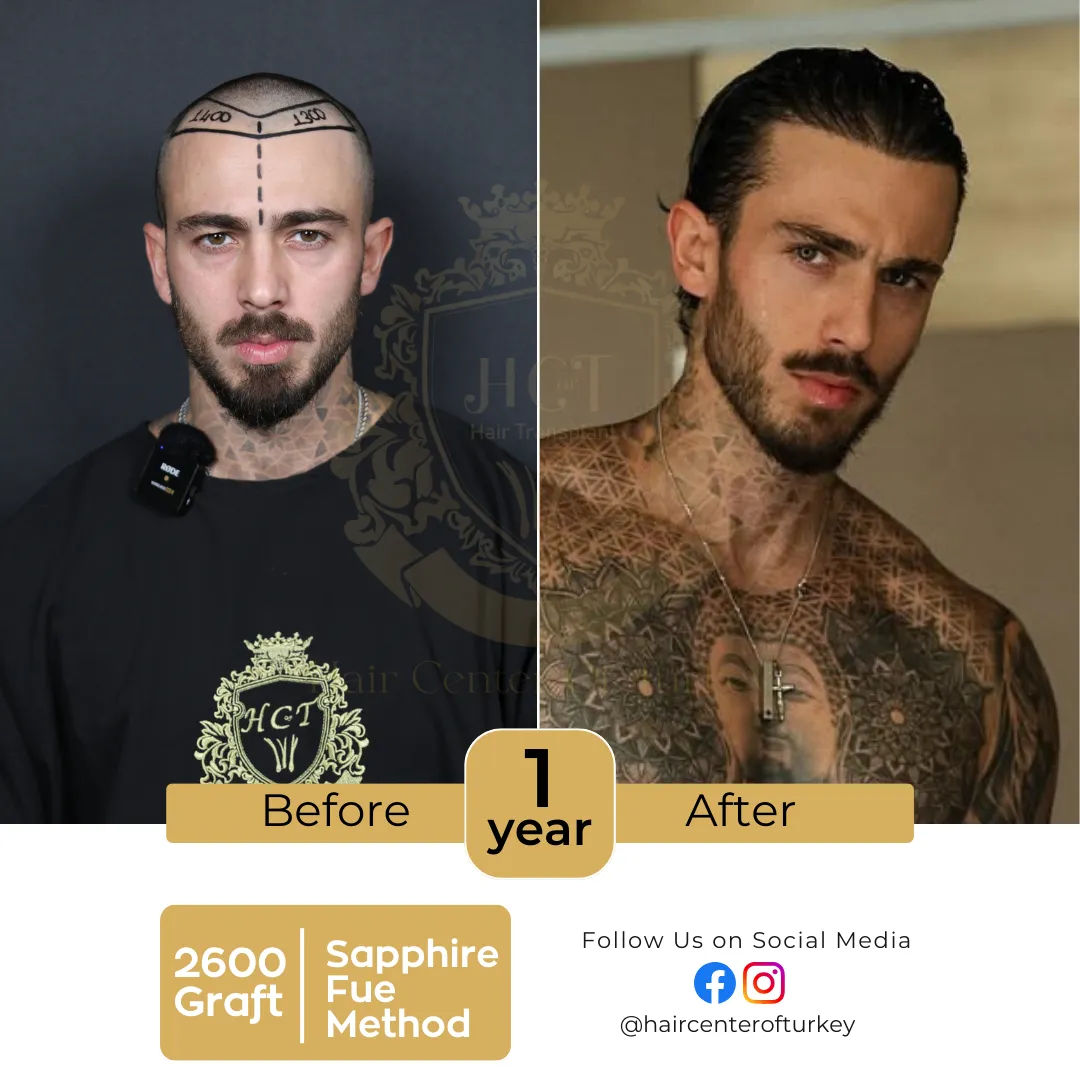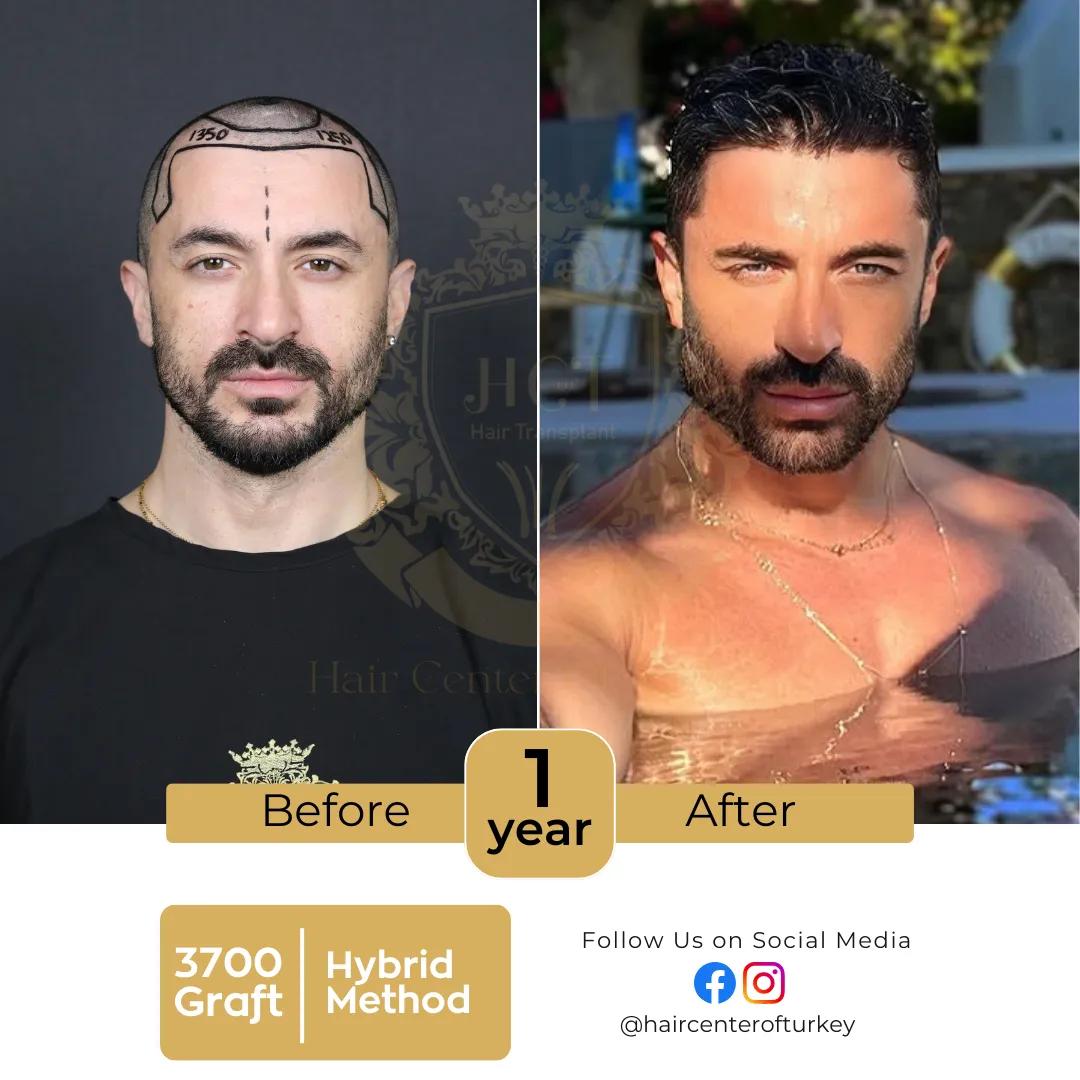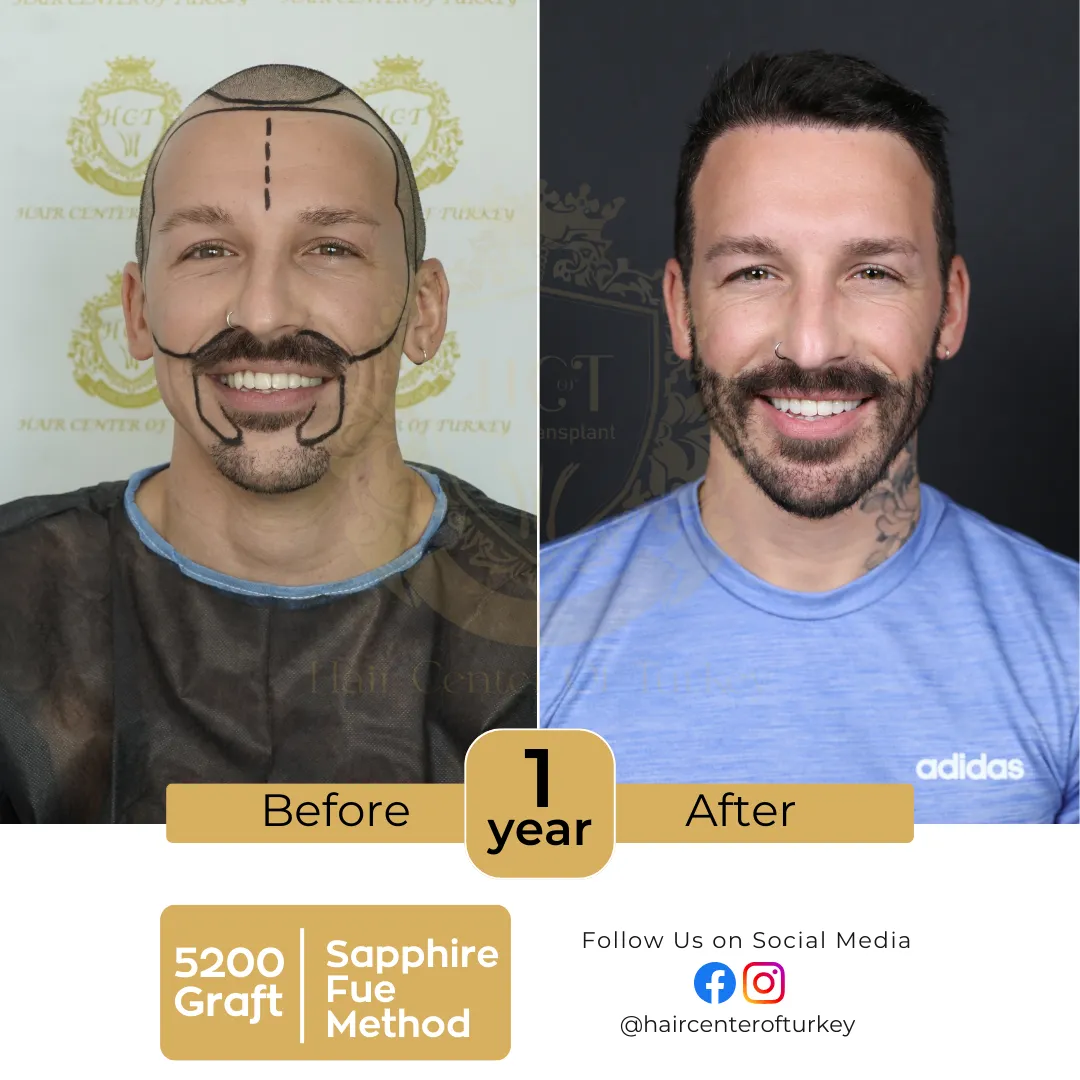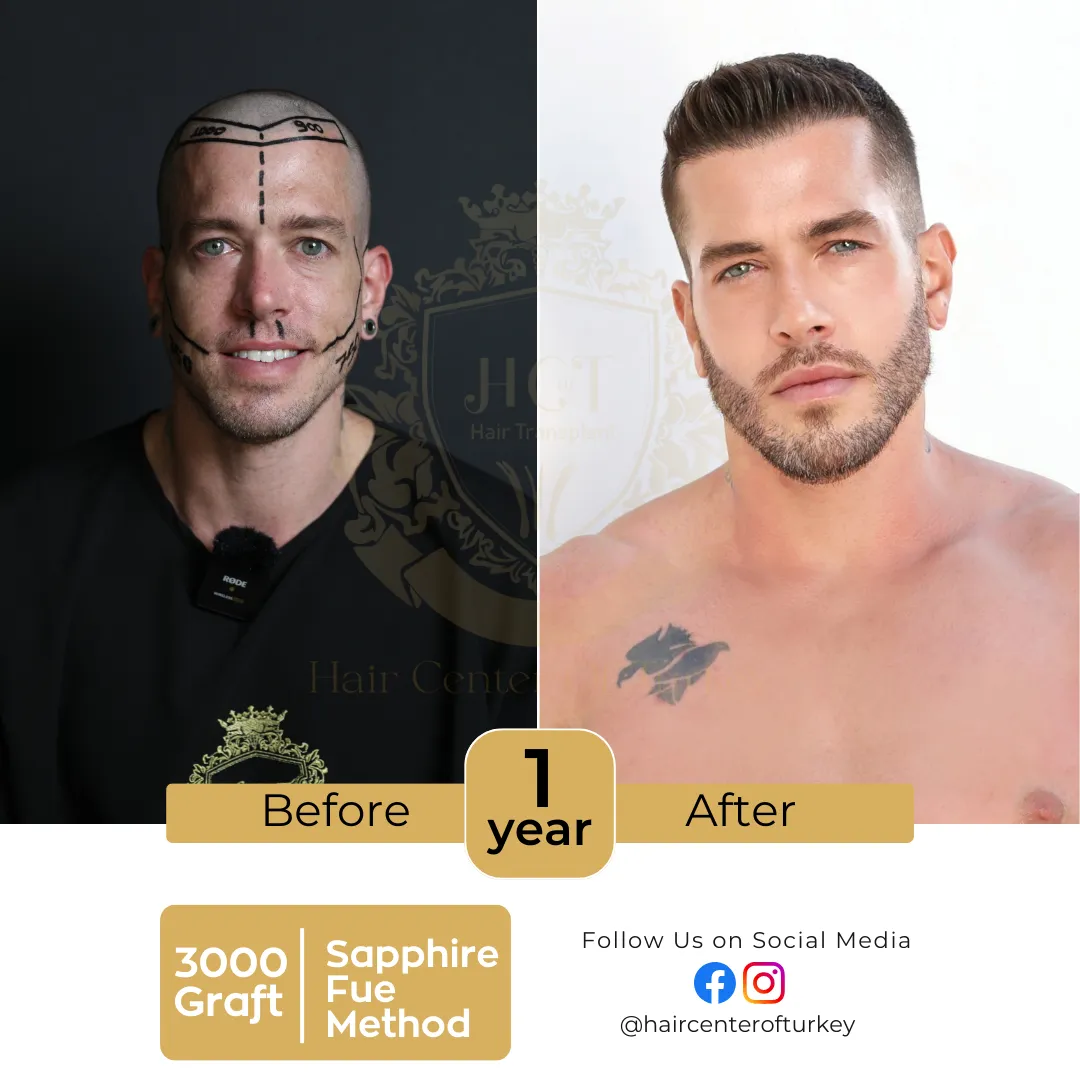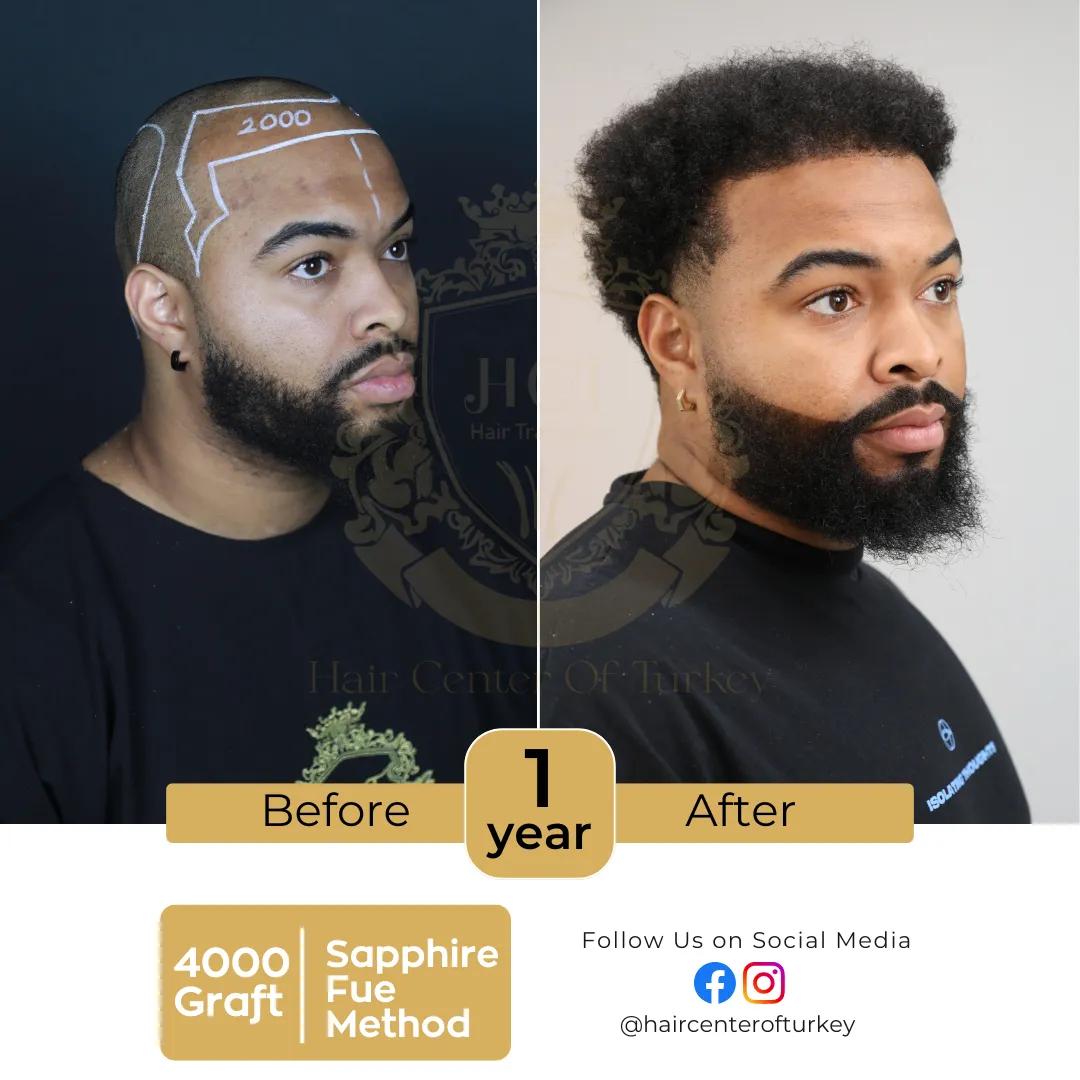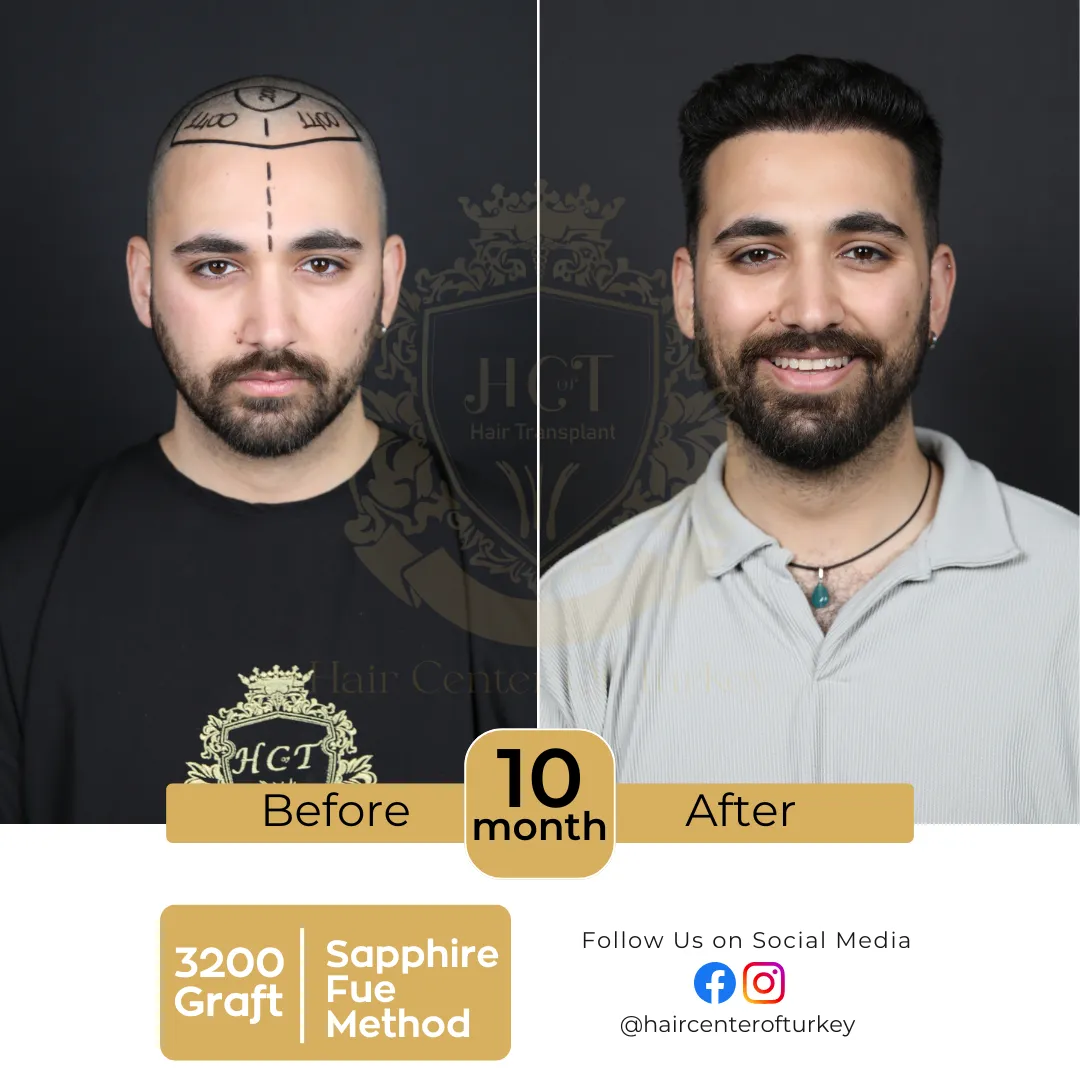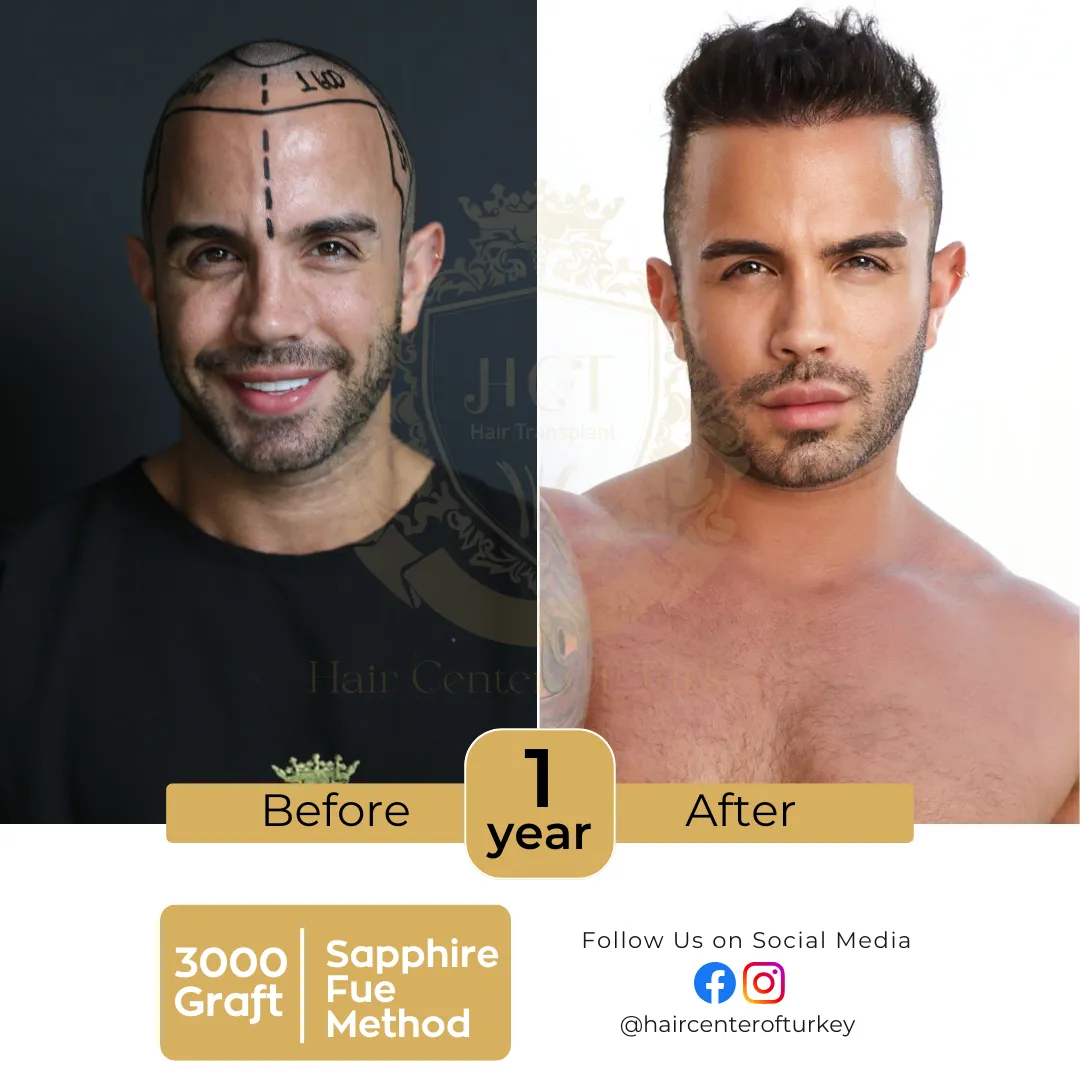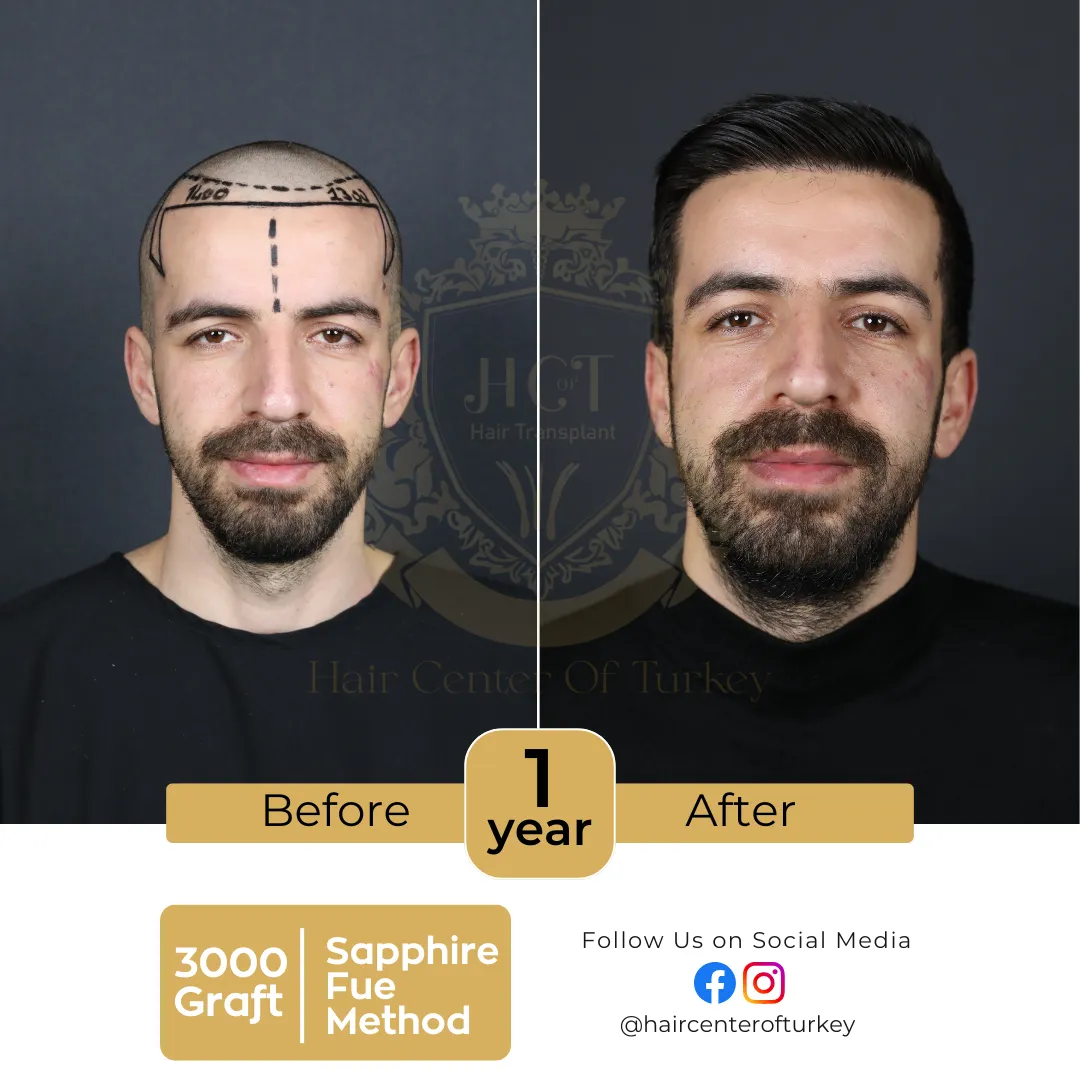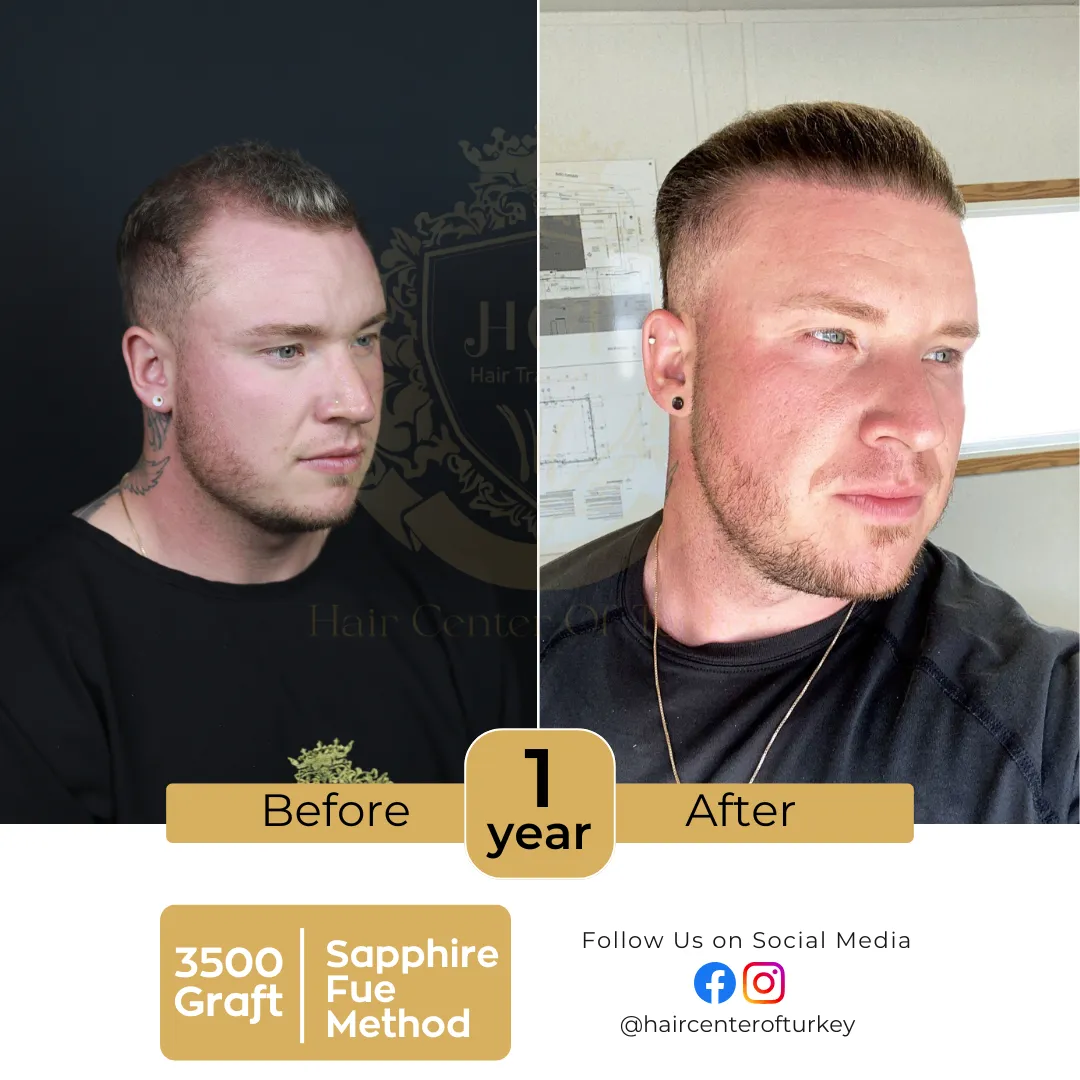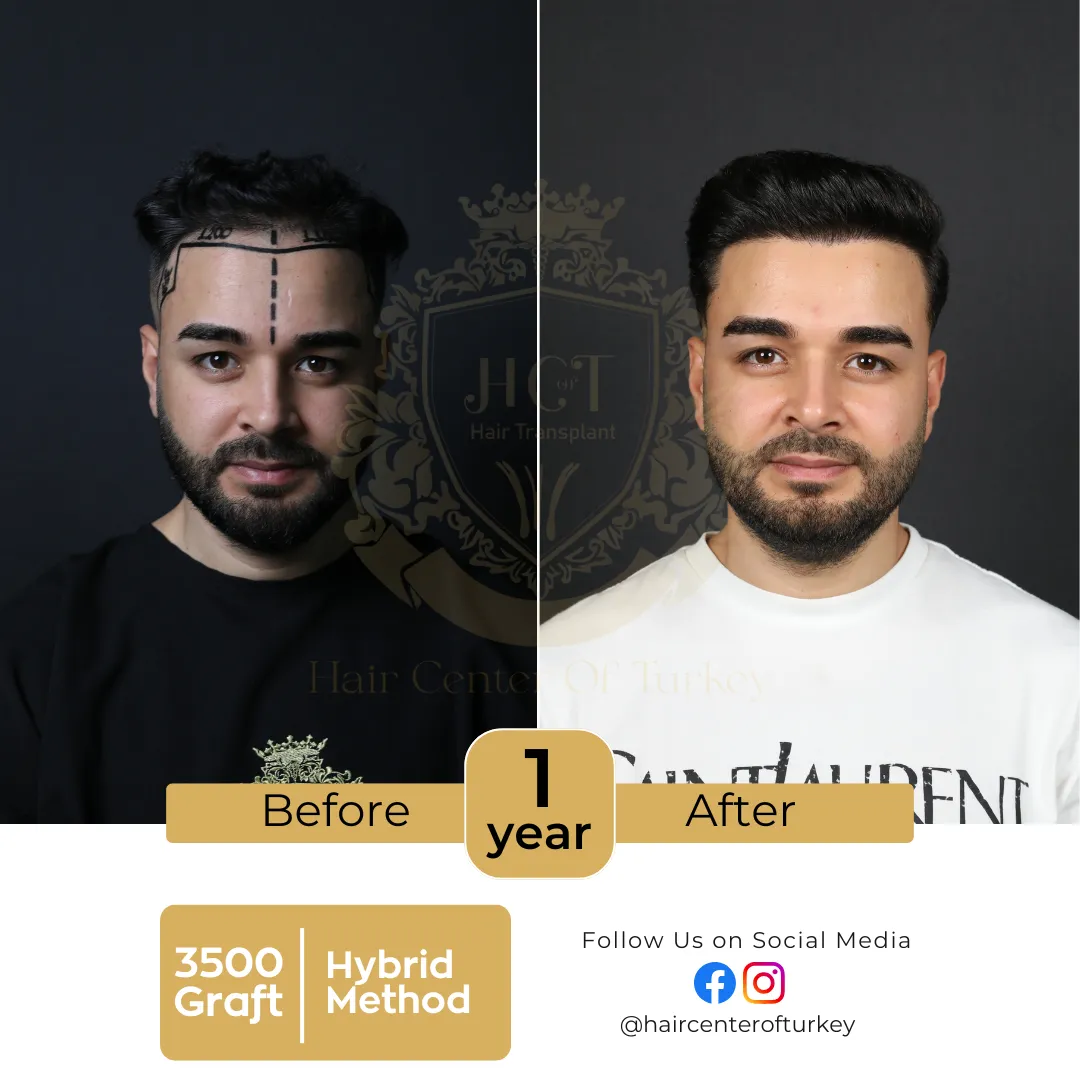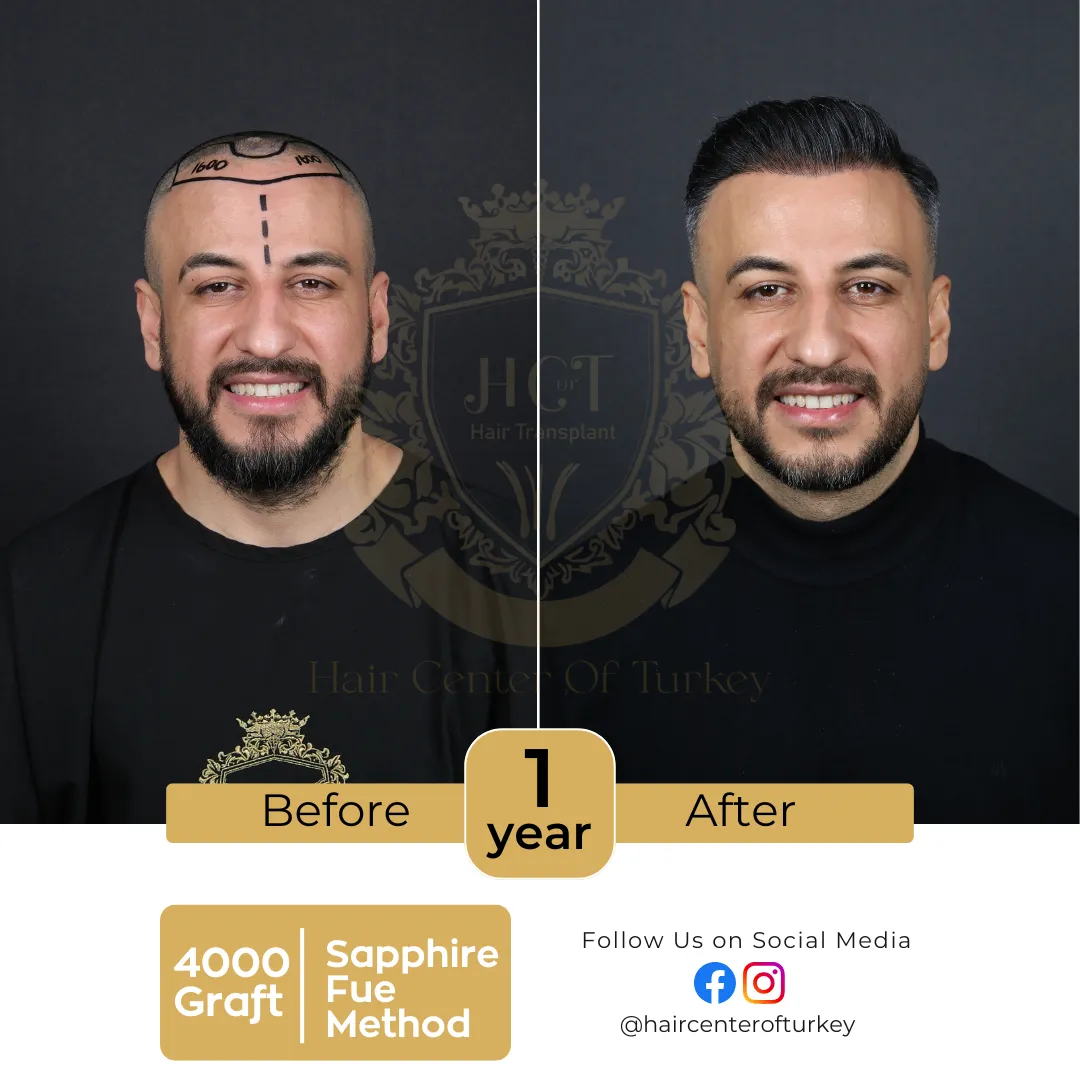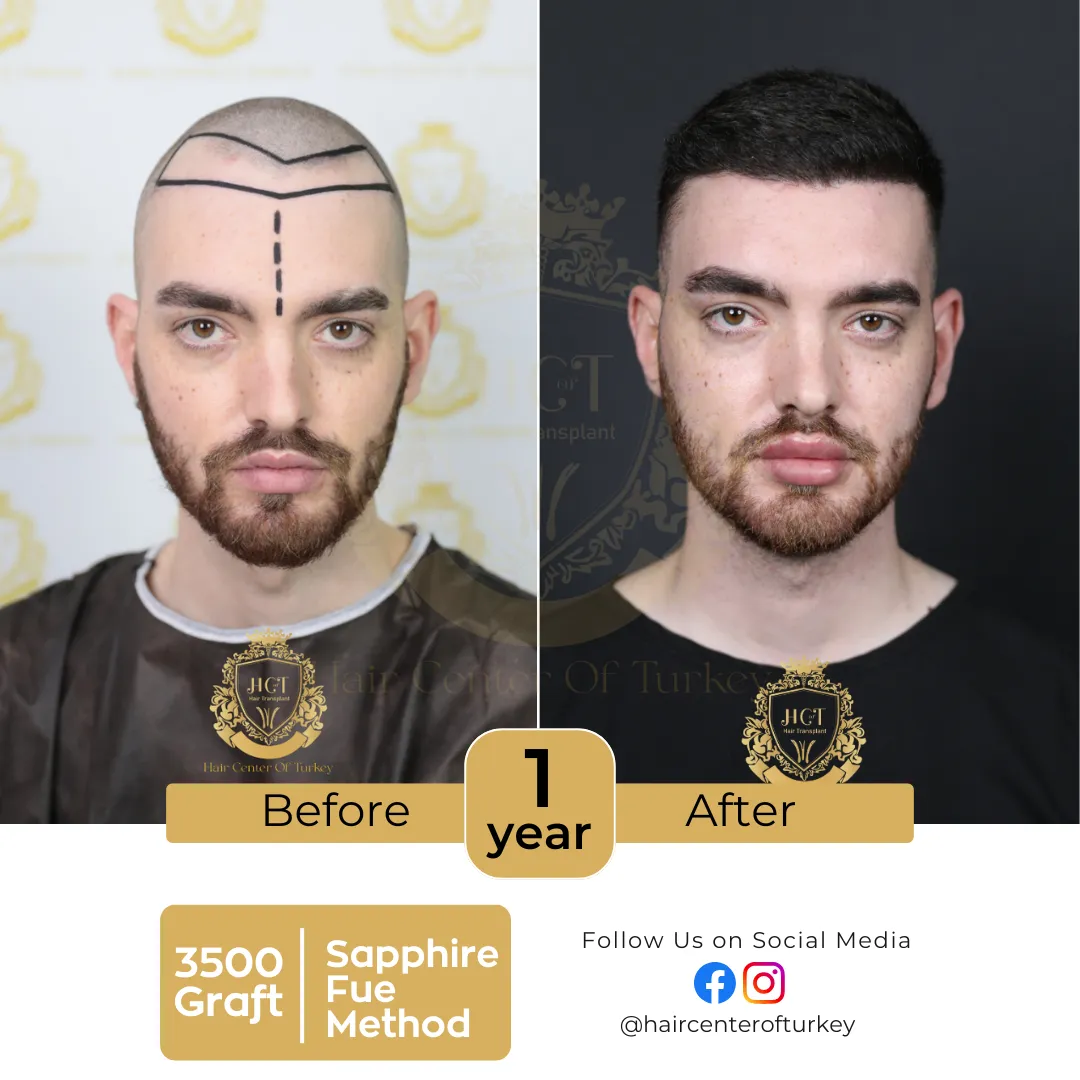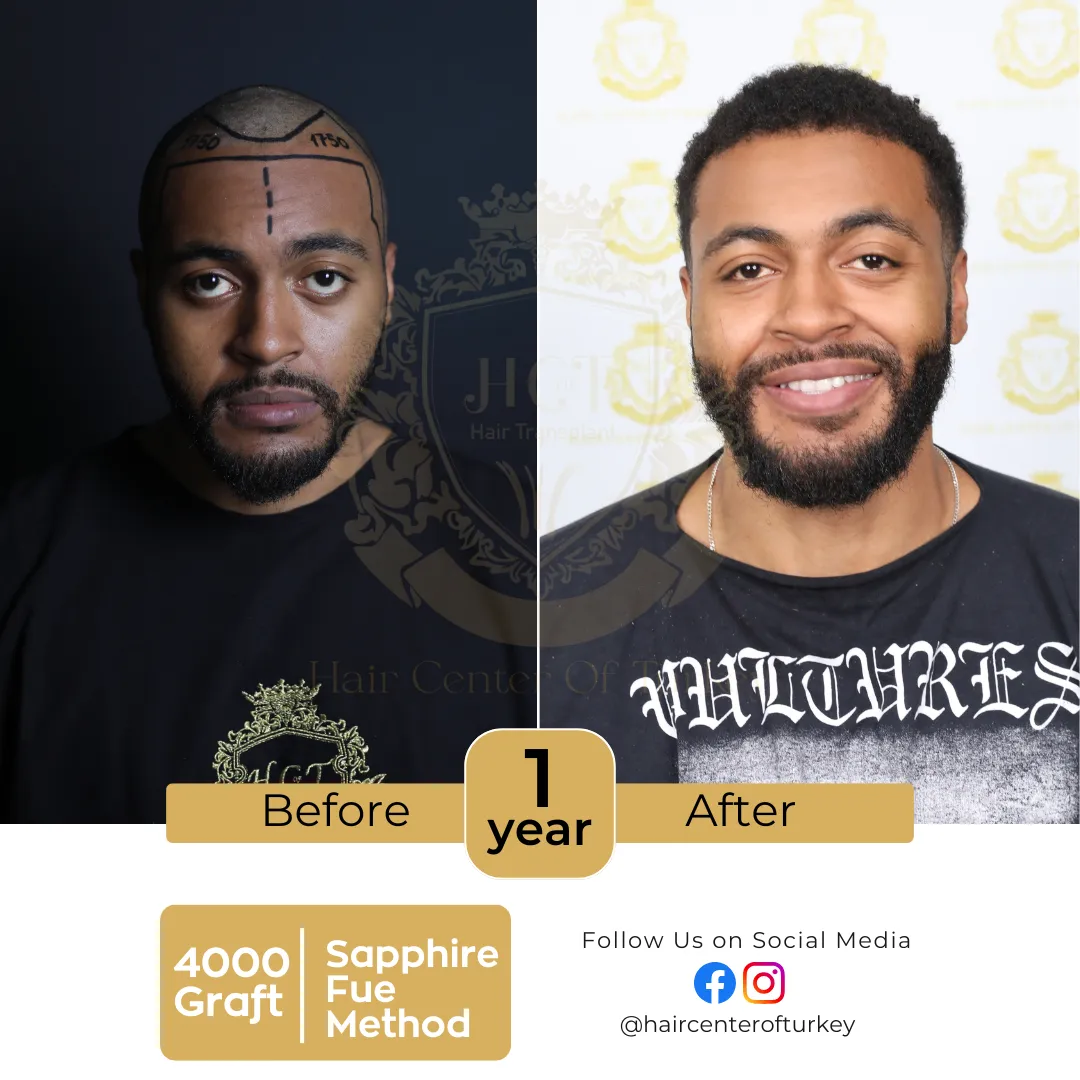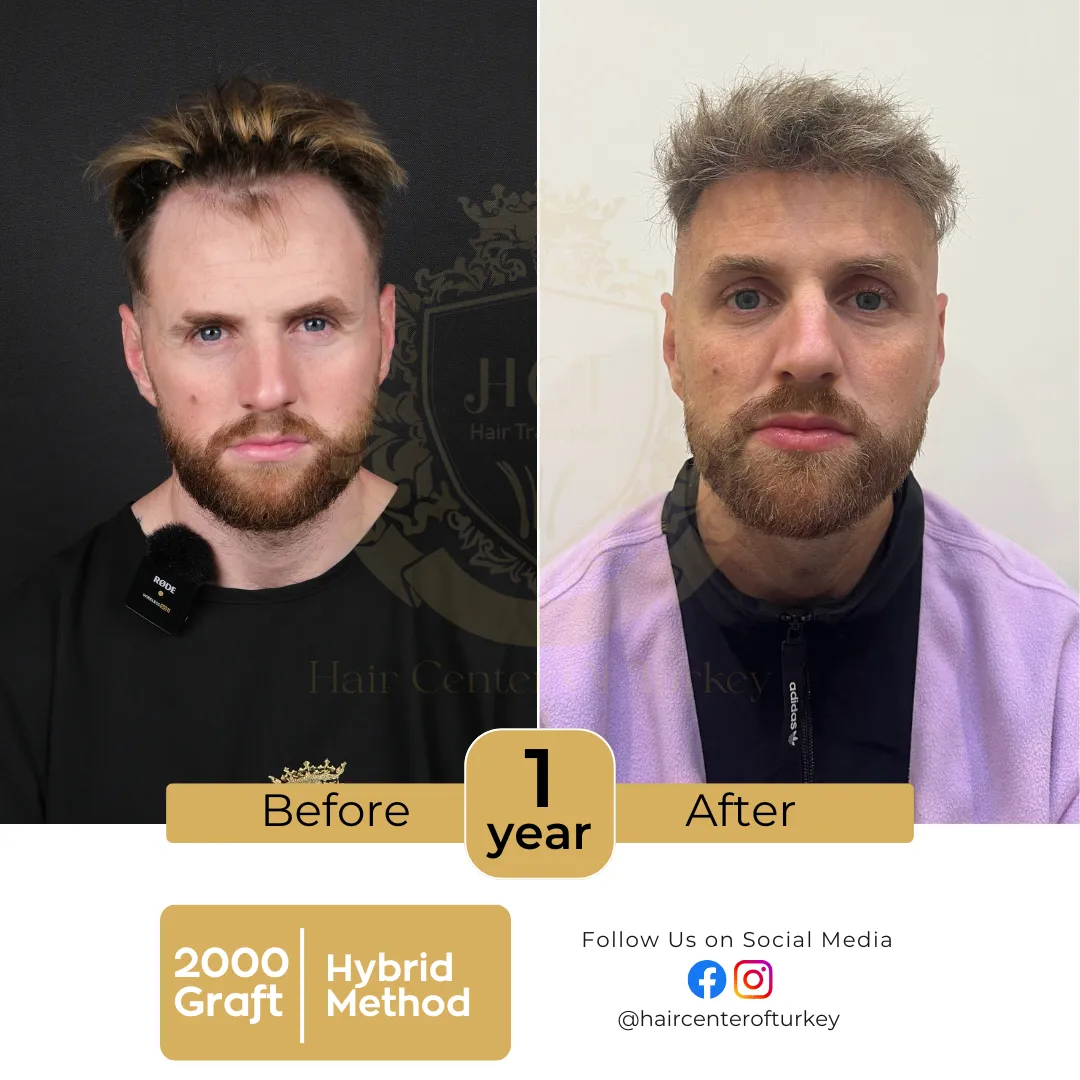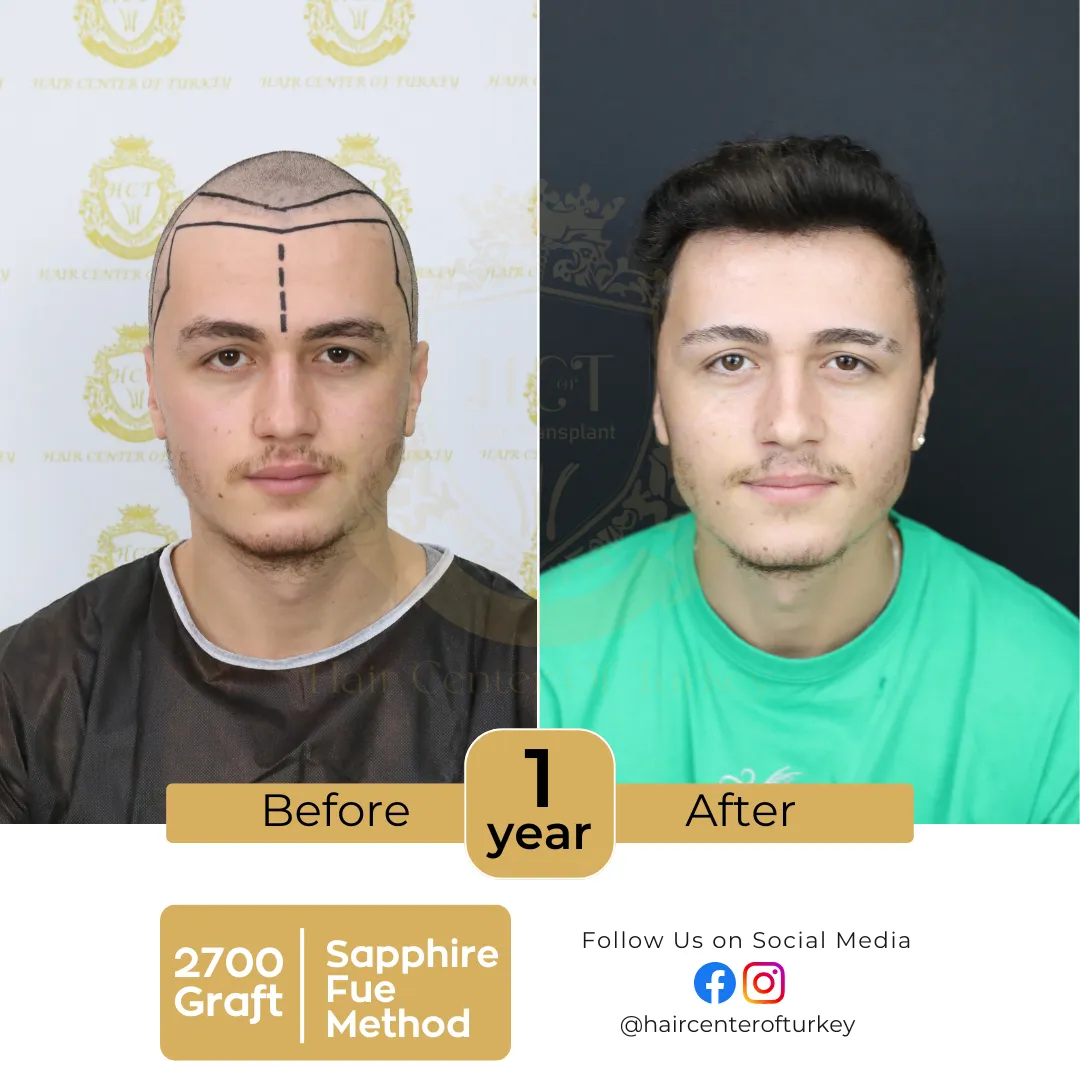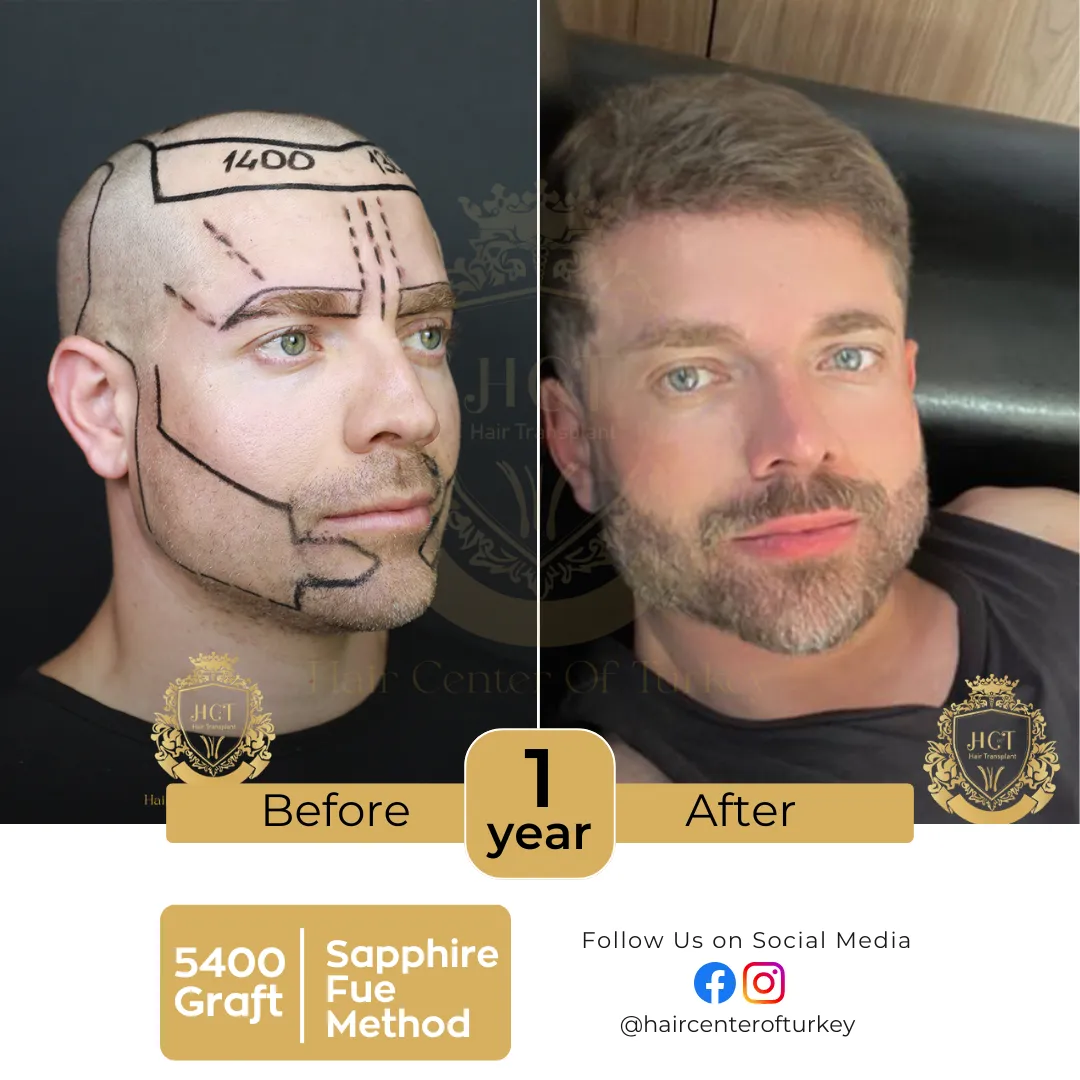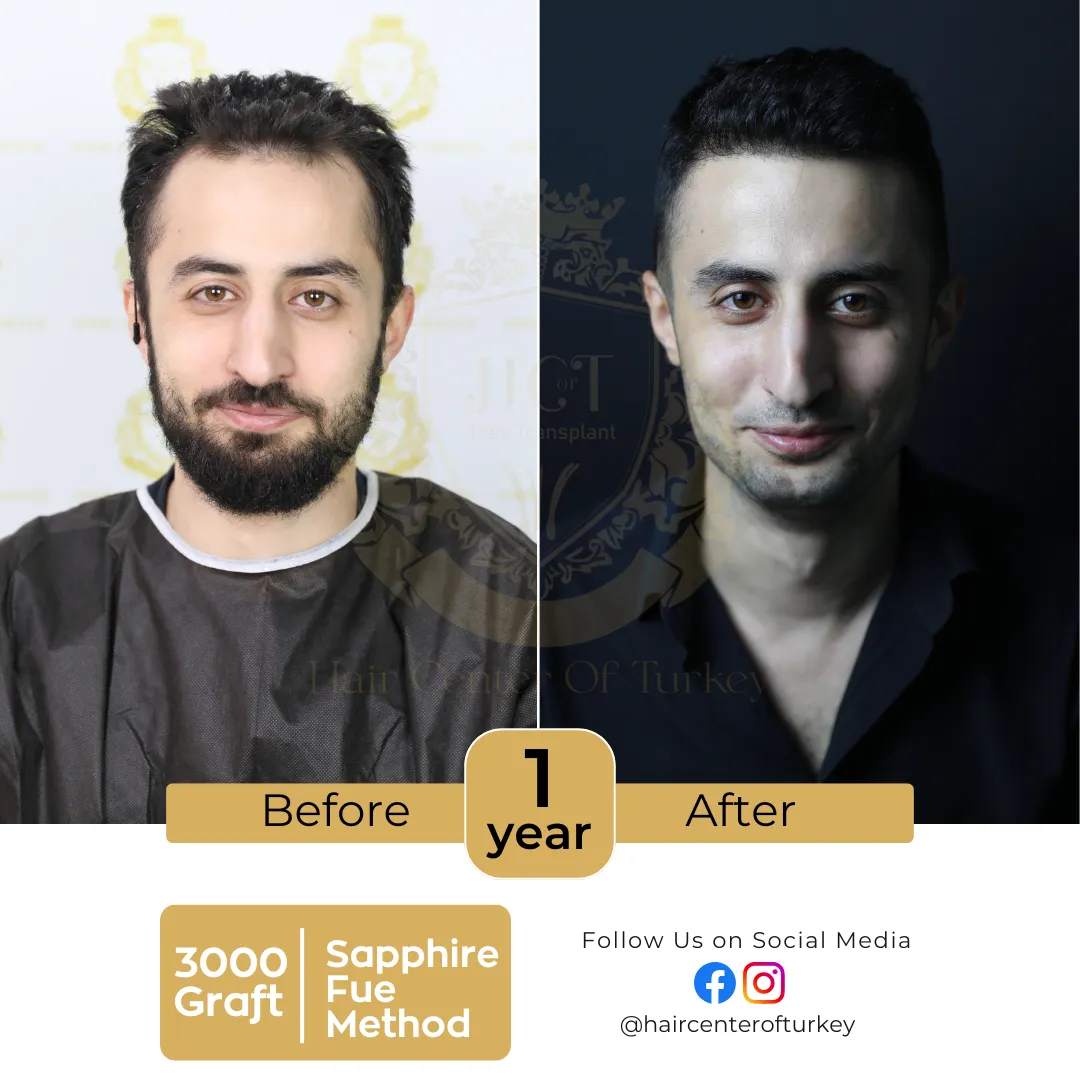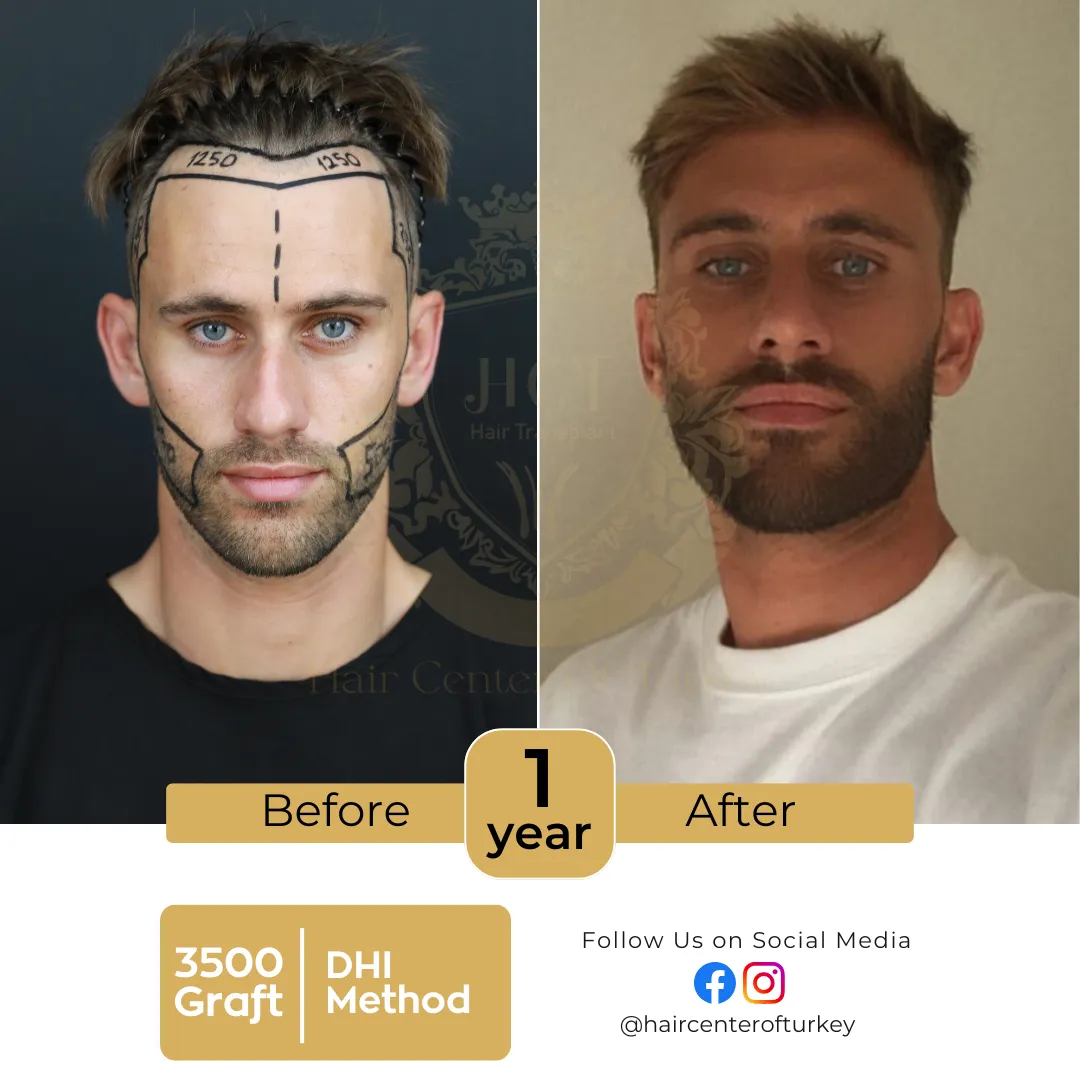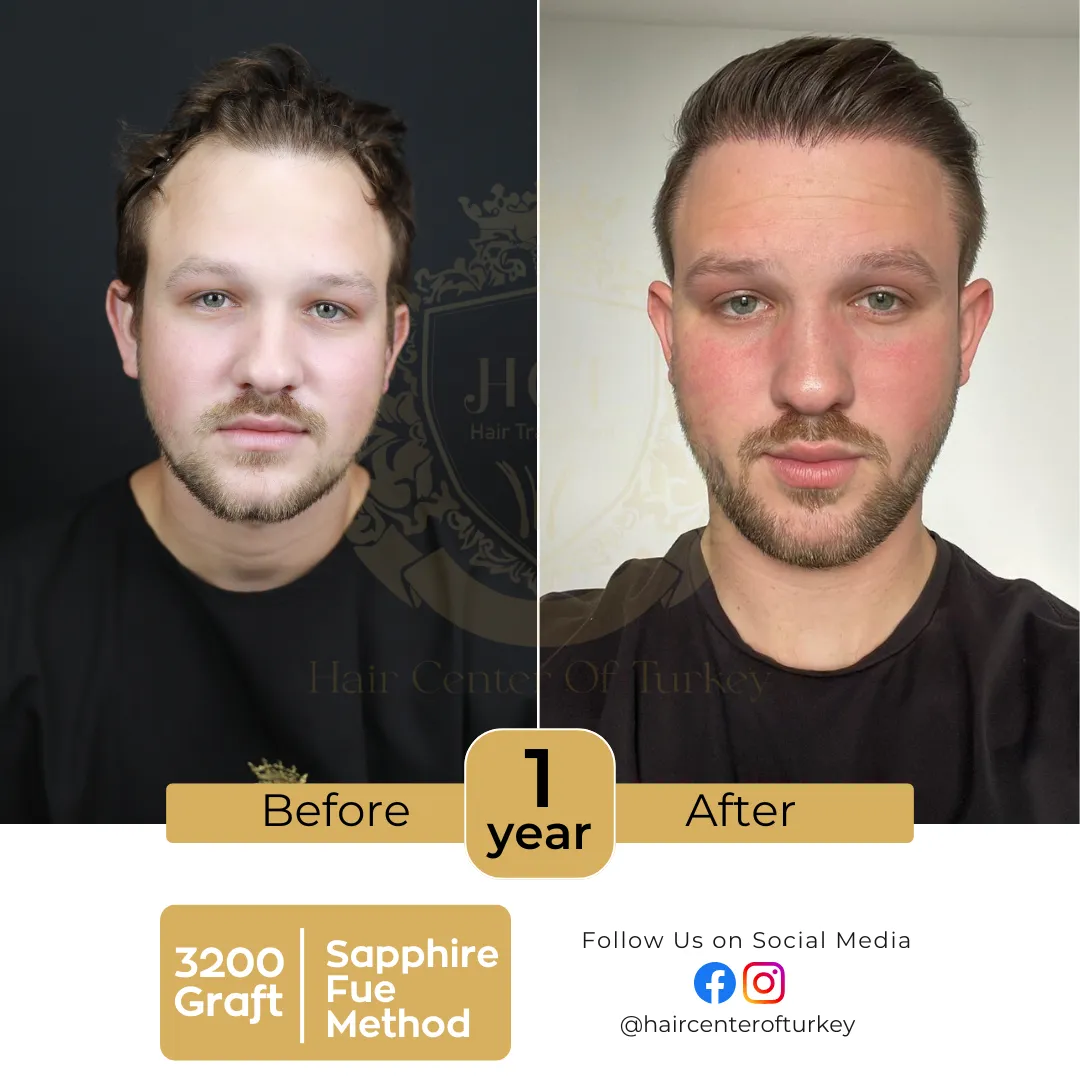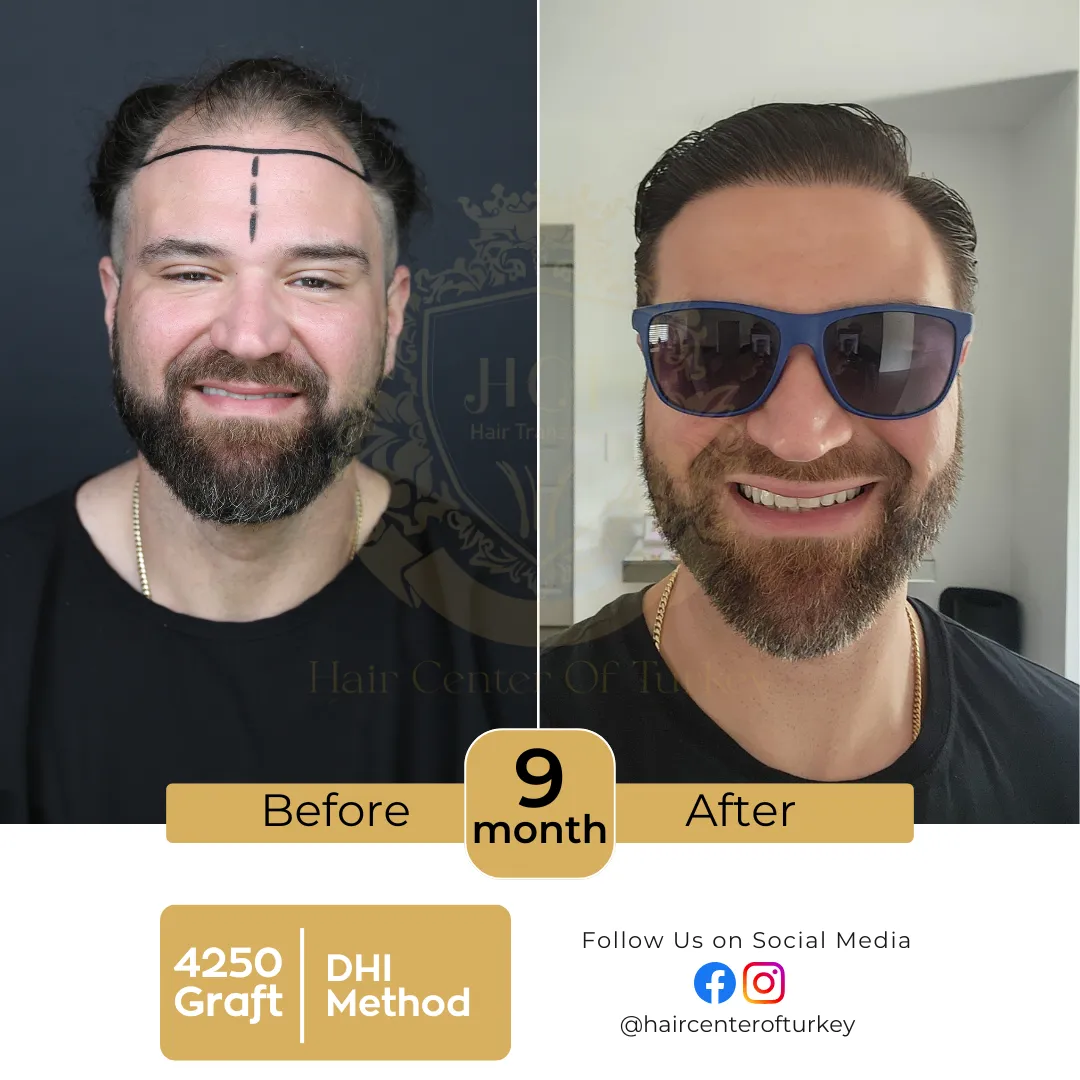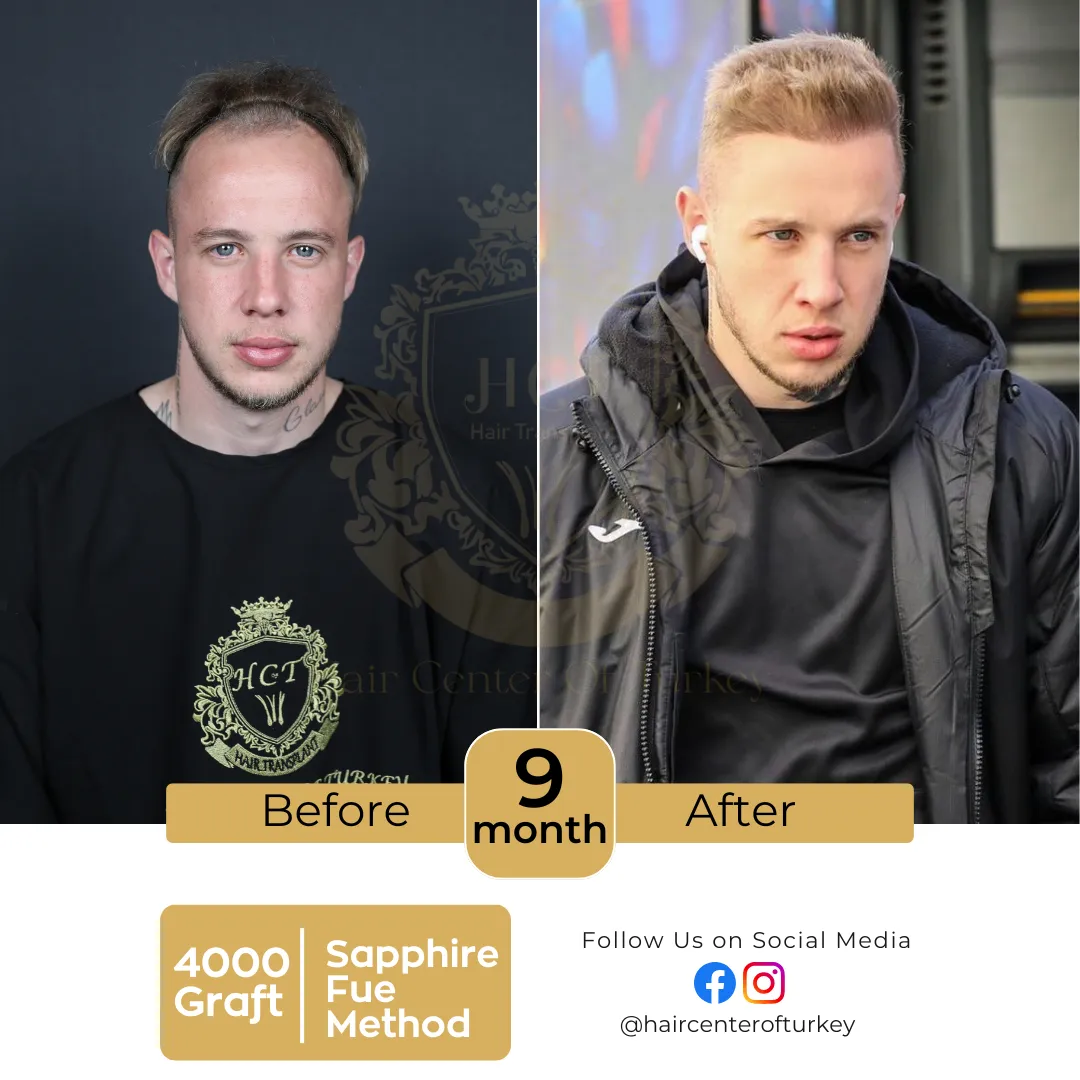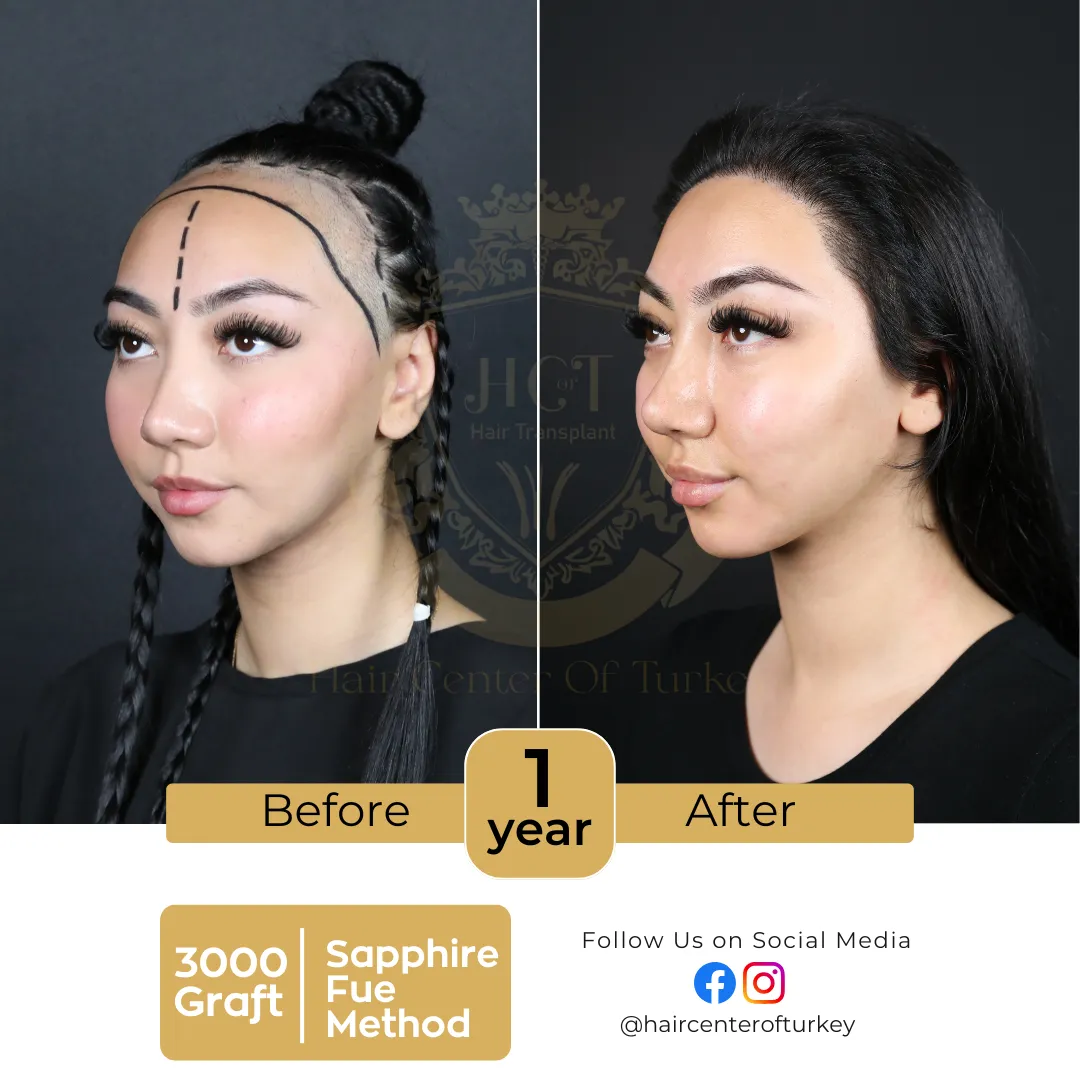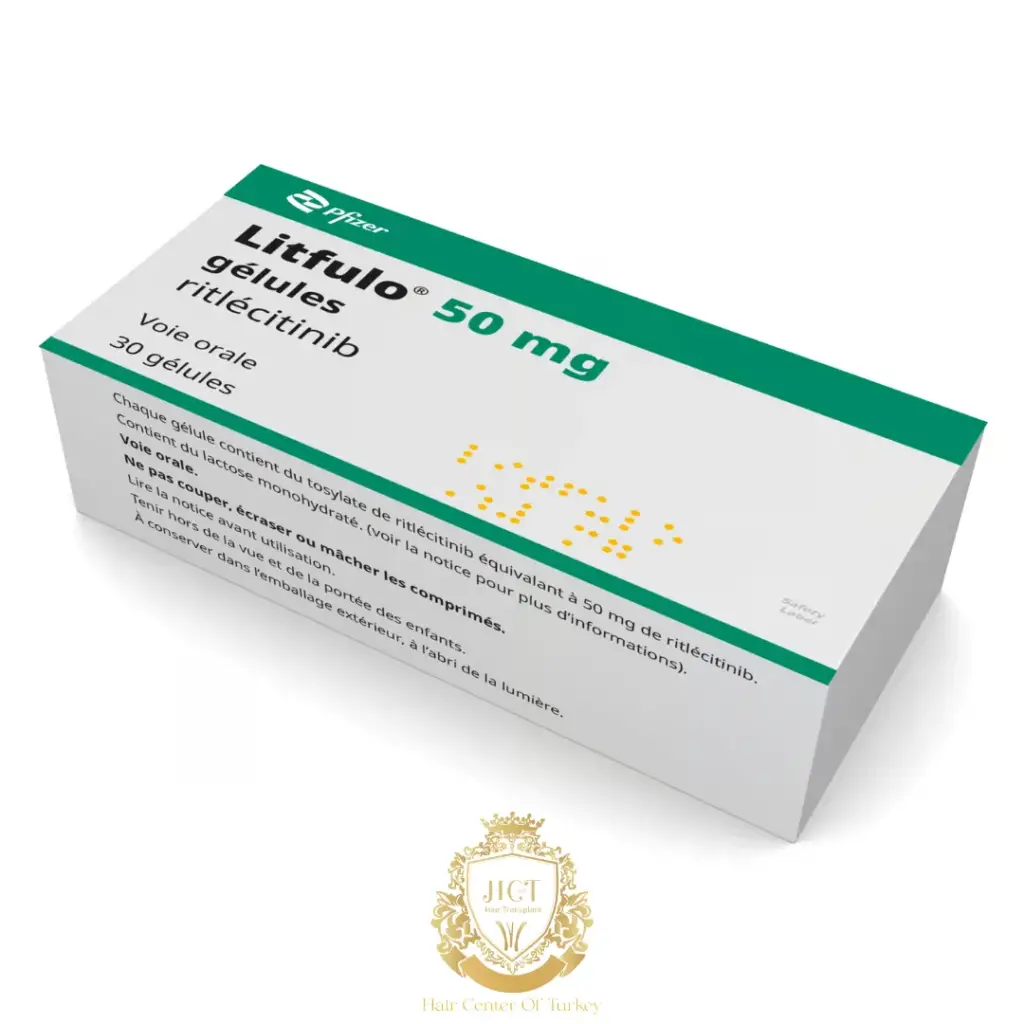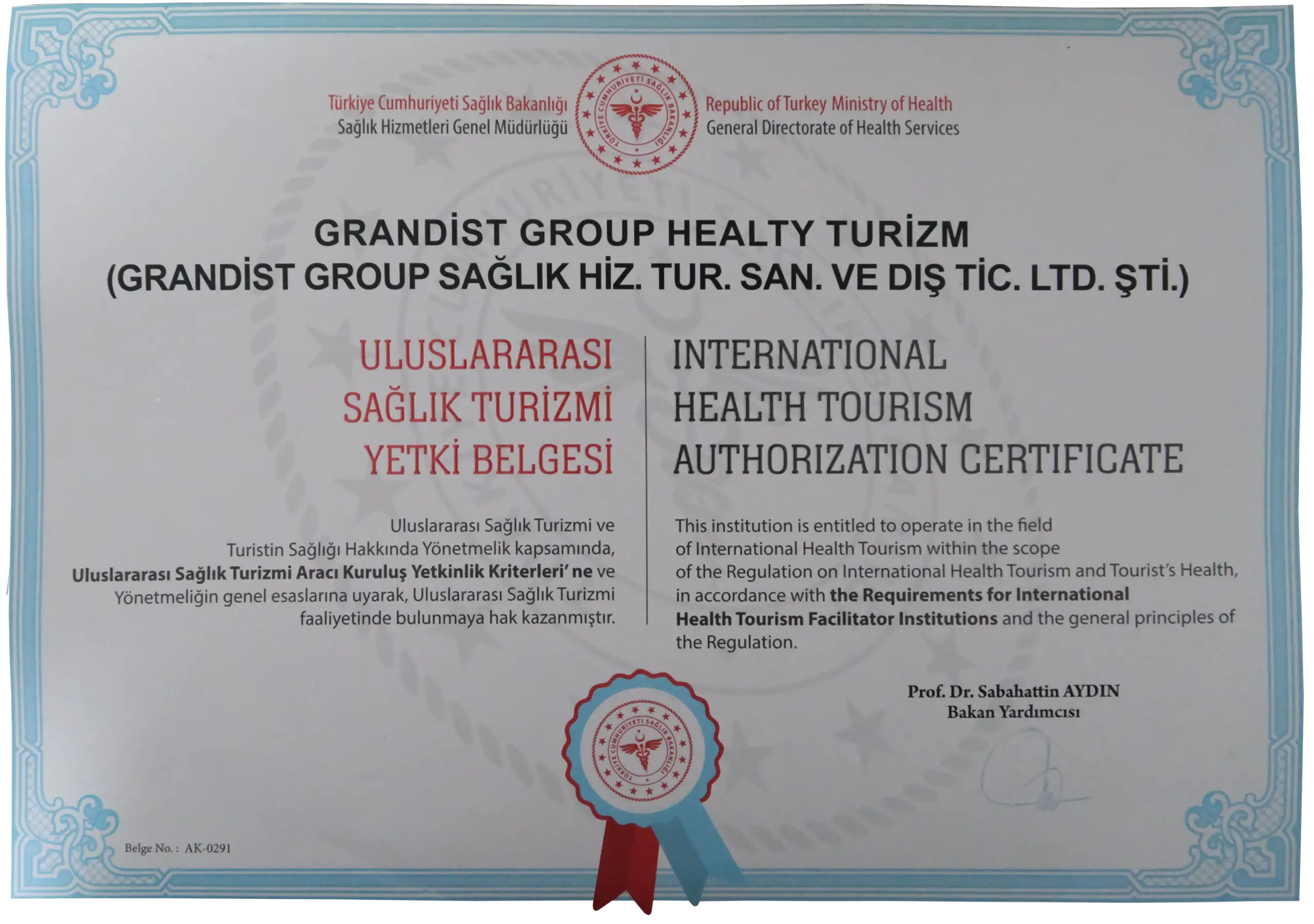Is Summer a Good Time for a Hair Transplant?
Hair transplant procedures are popular year-round, but many people wonder if summer is the ideal season to undergo the treatment. While the warm months come with lifestyle changes like sun exposure, vacations, and more outdoor activity, they also offer unique advantages that can make summer an excellent time for hair restoration. In this article, we’ll explore the pros and cons of getting a hair transplant during the summer season and provide practical tips for ensuring the best possible results.
Benefits of Getting a Hair Transplant in Summer
Many patients find summer to be a convenient time for hair restoration, especially due to more flexible schedules and time off work. Schools are on break, work slows down in many industries, and people are generally more able to take a few days for recovery without major disruption to their routine.
Another advantage is the wardrobe. Light, breathable clothing and more open styles make it easier to keep the scalp clean and sweat-free. You can also avoid tight-fitting hats that might otherwise irritate the transplanted area. For many, summer becomes the perfect opportunity to schedule a procedure discreetly during a vacation.

Potential Challenges of Summer Hair Transplants
While there are many benefits, summer hair transplants also come with specific risks—particularly regarding sun exposure and sweating. Freshly transplanted follicles are sensitive and need to be protected from direct UV rays, which can damage the healing skin and affect results. Similarly, excess sweating can increase the risk of infection if not managed properly.
Swimming is another concern. Pools with chlorine or open waters like the sea can expose your scalp to irritants and bacteria. Most surgeons recommend avoiding swimming for at least two weeks post-op, which can be hard to follow in peak vacation season.
How to Care for Your Hair Transplant in Summer
If you choose to have your procedure in the summer, proper aftercare becomes even more important. Here are a few key tips:
- Avoid direct sunlight on your scalp for at least 10–14 days. Use a loose-fitting hat when outdoors.
- Stay cool and dry. Try to stay in air-conditioned environments and gently pat your scalp dry if you sweat.
- Avoid swimming and intense exercise for at least two weeks, or until your surgeon gives clearance.
- Stay hydrated and follow a clean diet, which can promote healing and improve hair growth.
Following these precautions can significantly reduce the risks associated with summer hair transplants.
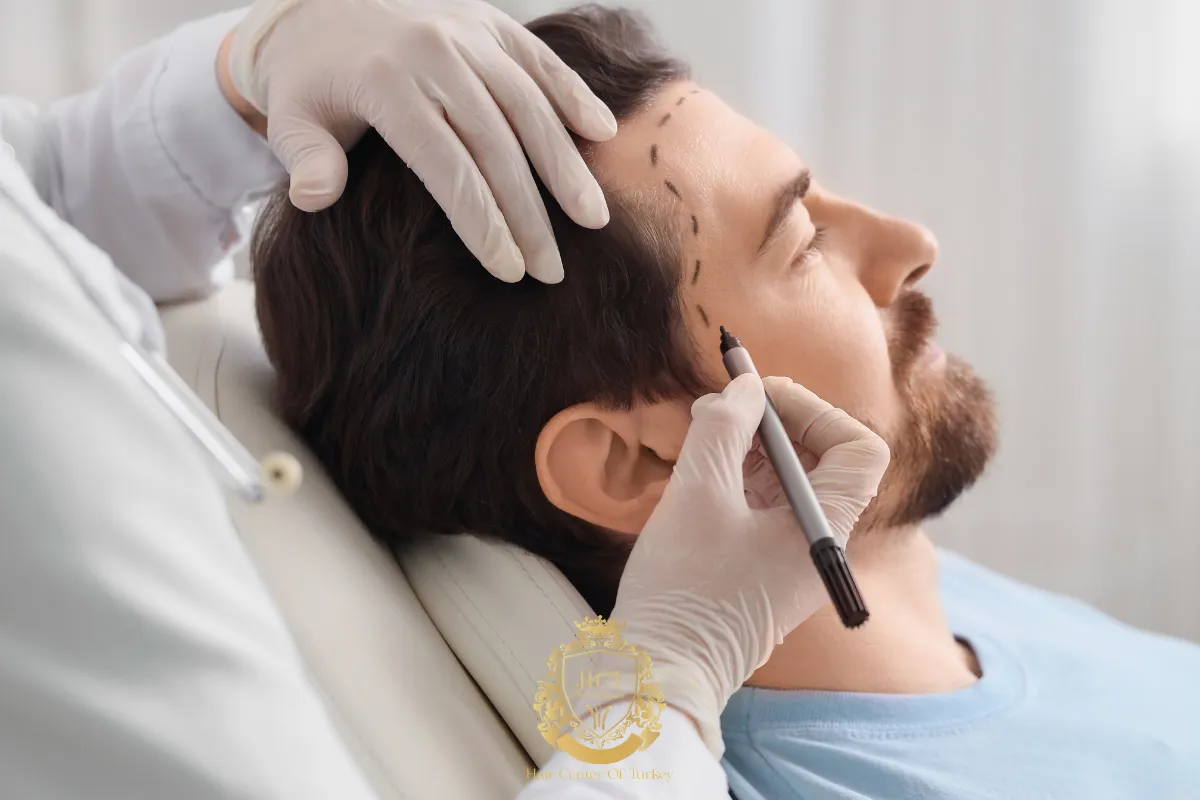
What Surgeons Say About Summer Procedures
Many hair transplant specialists agree that summer is a suitable time for surgery, as long as patients are committed to proper post-op care. In fact, some clinics see an increase in demand during these months, as people have more availability to recover at home without drawing attention.
Patients who strictly follow their surgeon’s instructions usually have excellent outcomes—regardless of season. Therefore, your personal schedule and willingness to follow care guidelines are more important than the time of year.
Should You Delay a Hair Transplant Until After Summer?
If you enjoy spending long hours in the sun, traveling, or engaging in high-energy outdoor activities, it might be worth postponing the procedure until fall or winter. However, if you’re planning a relaxing summer at home and can prioritize recovery, there’s no reason to wait. In fact, having the procedure done in summer may mean visible growth starts appearing just in time for the holidays.


